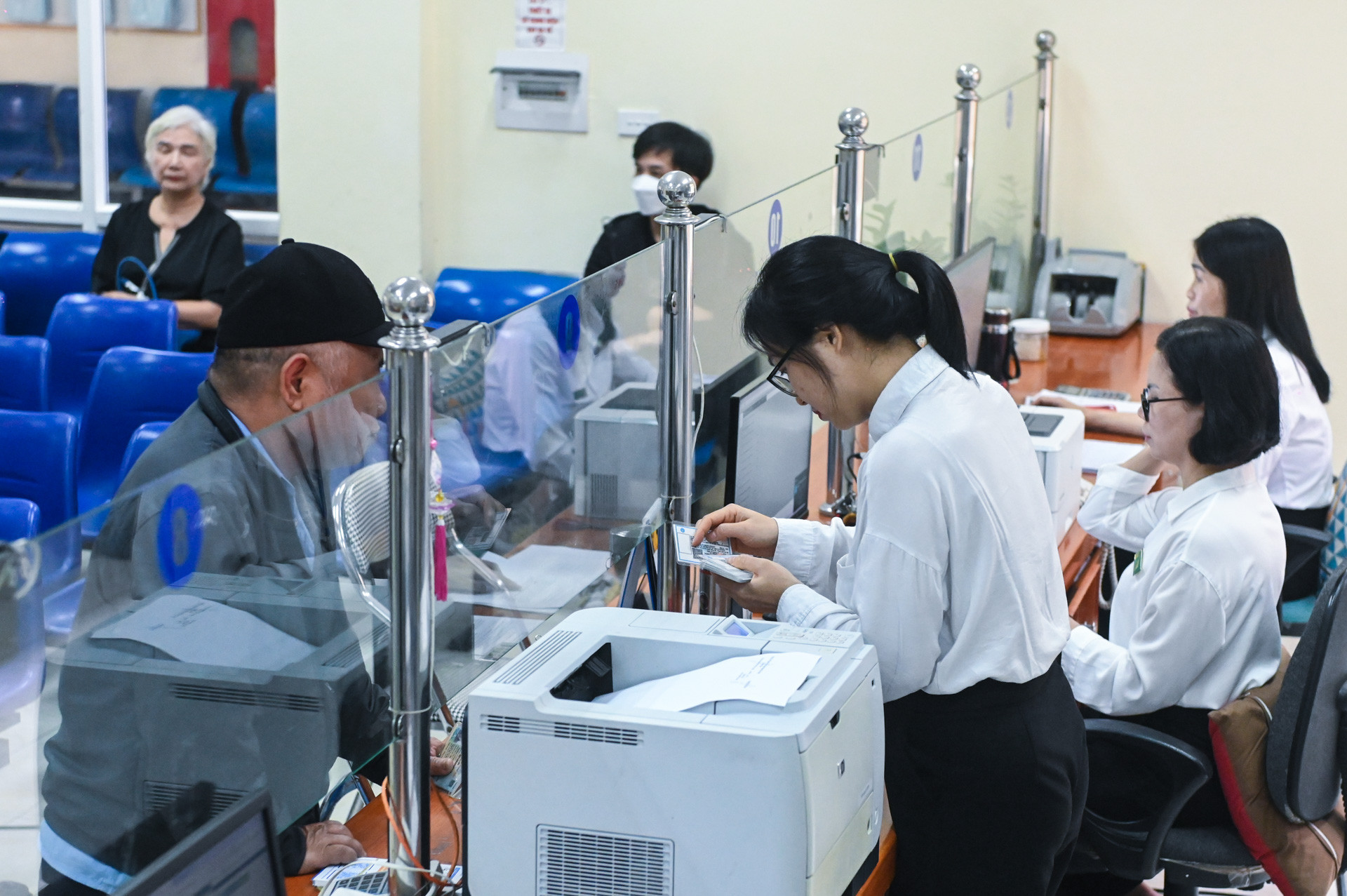
The Vietnam Textile and Apparel Association (Vitas) has proposed reducing the social insurance premiums businesses have to pay for workers. However, the Ministry of Labor, War Invalids and Social Affairs (MOLISA) has not agreed to the proposal.
Social insurance, health insurance and unemployment insurance are three types of mandatory social security in Vietnam. Social insurance is paid by businesses using workers and employees under labor contracts with a definite term of over one month or labor contracts with indefinite terms.
Social insurance rates must be considered with reference to many factors, including policies, benefits for workers and their relatives, the coverage level, macroeconomic factors, the economic growth and GDP per capita.
MOLISA said Vietnam is one of the countries with the highest pension rate, 75 percent of social insurance payments, while the figures are just 35-50 percent in other countries. However, the real pensions the retired get are small.
The ministry believes that the lowering of the required social insurance payments would have a big impact on social insurance premium payers and the society. Maintaining the current social insurance payment rate will help stabilize the social insurance policy and workers’ benefits.
Under the 2014 Law on Social Insurance, the mandatory social security rate employers and employees have to pay is 32 percent. Of this, employees pay 10.5 percent (including 8 percent in social insurance, 1.5 percent in unemployment rate), while employers 21.5 percent (17.5 percent in social insurance, 3 percent in health insurance and 1 percent in unemployment insurance).
The draft of the Law on Social Insurance (amended) has been submitted by the government to the National Assembly with social security rates unchanged, aiming at ensuring the stability and sustainability of social security policies.
Ho Thi Kim Ngan from the Vietnam Labor Federation confirmed that the real pensions the retired are small because of the low social insurance premiums paid by employers and employees.
“The amounts of social insurance premiums are just 5-7 percent higher than the regional minimum wages, that is why the pensions are small,” Ngan said.
Under current regulations, the social insurance premiums are calculated based on the total incomes of employees, which include salaries and allowances. However, businesses tend to circumvent the laws and pay social insurance premiums based on basic salaries only, ignoring regular allowances.
Thach Thao